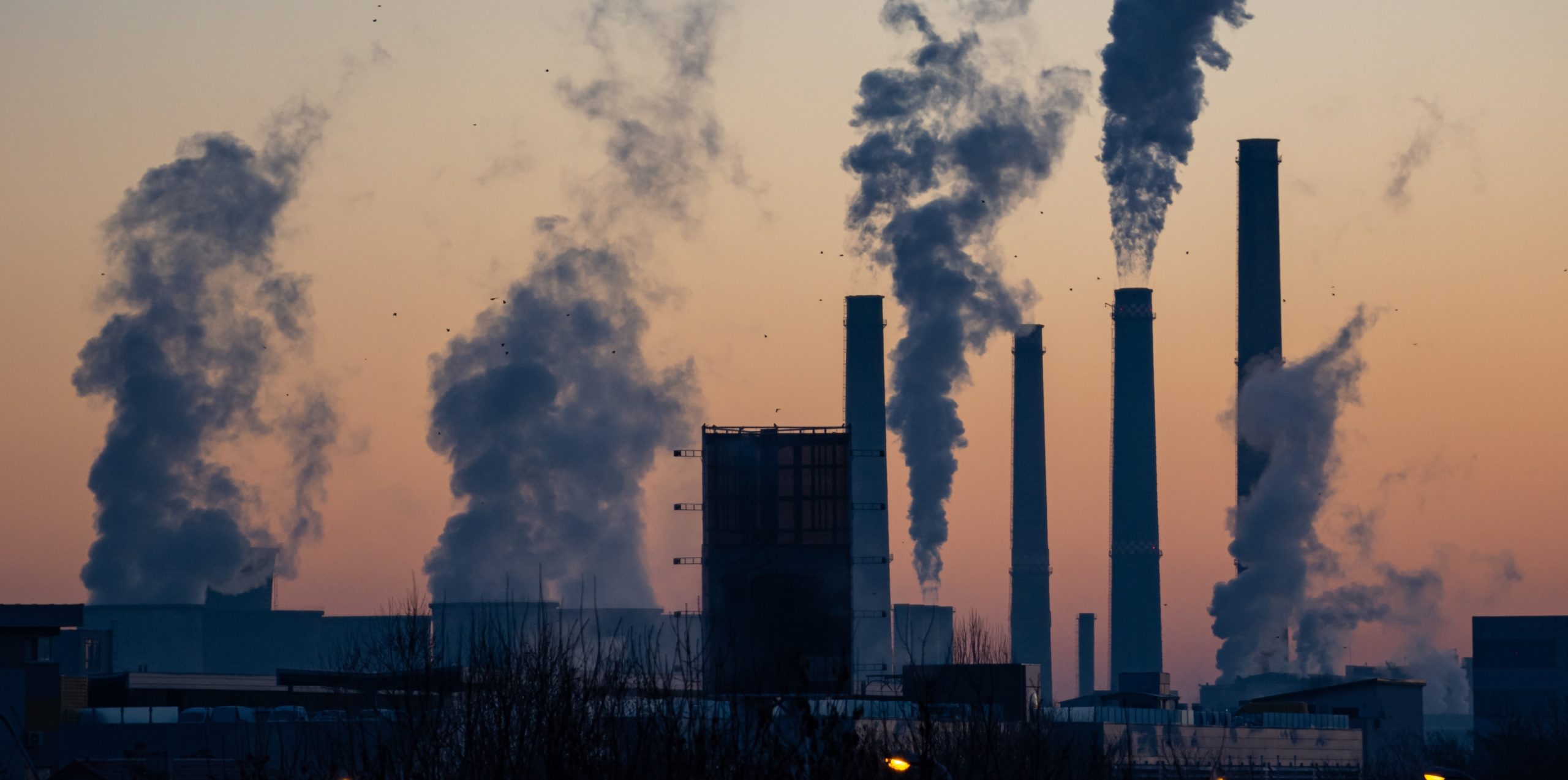Prominent Climate Groups Praise Study Findings, Optimistic About Electrification
Baltimore, MD — A report commissioned by the Maryland Public Service Commission (PSC) shows that Maryland’s grid is equipped to accommodate high electrification of vehicles and buildings, especially if coupled with achievable gains in energy efficiency and load flexibility.
“The results from this study deliver good news to Marylanders,” said Chris Stix, a volunteer with Sierra Club who participated in the study. “We can achieve Maryland’s goals of reducing greenhouse gas emissions by 60% without overloading the electric grid by widely deploying heat pumps. For space and hot water heating, the use of heat pumps is much more efficient than existing electric and fossil fuel appliances. As a result, they contribute only modestly to peak electric loads.”
The study shows that electrification of buildings and vehicles will result in very limited additional load growth relative to what the utilities are already planning in their own growth forecasts over the next ten years. In the high electrification scenario that assumes best-in-class technology (such as highly efficient cold-climate heat pumps), the Maryland system would see 1.1% annual load growth. This load growth could be even further reduced to 0.3% with ambitious but achievable energy efficiency and load flexibility measures.
“All Marylanders deserve a healthy and safe place to live. This study shows that not only can we upgrade homes across the state with clean, highly efficient equipment that will slash pollution and improve public health, but we already have the grid capacity to make those updates,” said Ruth Ann Norton, President & CEO of the Green & Healthy Homes Initiative. “Our state leaders in the General Assembly and Governor Moore must now pursue policies that will equitably deliver healthy, pollution-free homes.”
The expected load growth is comparable to or less than the Maryland system has seen year-by-year over the past 40 years. Historically, the system experienced significant load growth in the 1980s of 4.9% per year and more moderate growth of 1.2-1.5% from 1990-2010. Load declined between 2010-2020.
One reason for the limited impact of electrification is that there is existing headroom available on the grid to handle winter and summer peaks in demand. Heat pumps are also far more efficient than fossil-fuel-powered equipment. They provide both heating and cooling and are two to four times more efficient than gas furnaces and use 29% less electricity than the best-performing central air conditioning units.
In 2022, as part of the Climate Solutions Now Act, the Maryland General Assembly considered whether to require electric heating and cooling equipment in all newly constructed buildings in the state. Concerned about the impacts that new construction would have on the grid, legislators directed the PSC to create the Electrification Study Working Group (ESWG) to study the issue.
“This study completely puts to rest the question of whether the grid can handle electrification of new construction,” said Anne Havemann, Deputy Director and General Counsel for the Chesapeake Climate Action Network, who also participated in the ESWG.
The PSC commissioned the Brattle Group to model five scenarios, two of which meet the state’s goal of 60% GHG reduction from 2006 levels by 2031. The first, 3A, employs a high level of cold-climate heat pumps, with 90% of space heating sales in buildings being heat pumps by 2030. The second, 3B, employs a high level of conventional heat pumps by 2030. Water heater sales are assumed to be 90% heat pumps by 2027. For electric vehicles, all scenarios achieve Advanced Clean Cars II (ACC II) and Advanced Clean Trucks (ACT) regulations.
The assumptions used in Brattle’s study were carefully considered by the Electrification Study Work Group and all stakeholders, including the utilities, had the extensive ability to comment on them. As a starting point, Brattle used each electric utility’s 10-year plan. The starting level of heat pump deployment is based on a 2022 survey commissioned by the PSC.
“Maryland is on the cusp of an exciting transition to a 21st-century energy future,” Havemann added. “To manage this transition equitably and responsibly, Maryland must commit to policies such as zero-emissions equipment standards that can accelerate the adoption of highly efficient technologies such as heat pumps and modernizing its grid to ensure all residents reap the health and economic benefits of pollution-free homes. Targeted incentives and new regulations that prioritize equity must be implemented now to achieve the transition to a highly electrified future in a way that doesn’t leave Marylanders behind. This future is achievable and manageable and we encourage the state to commit now.”
# # #







